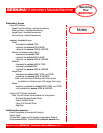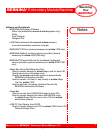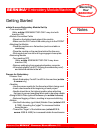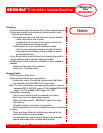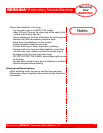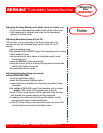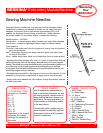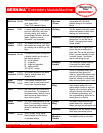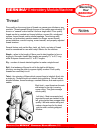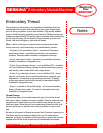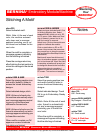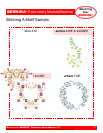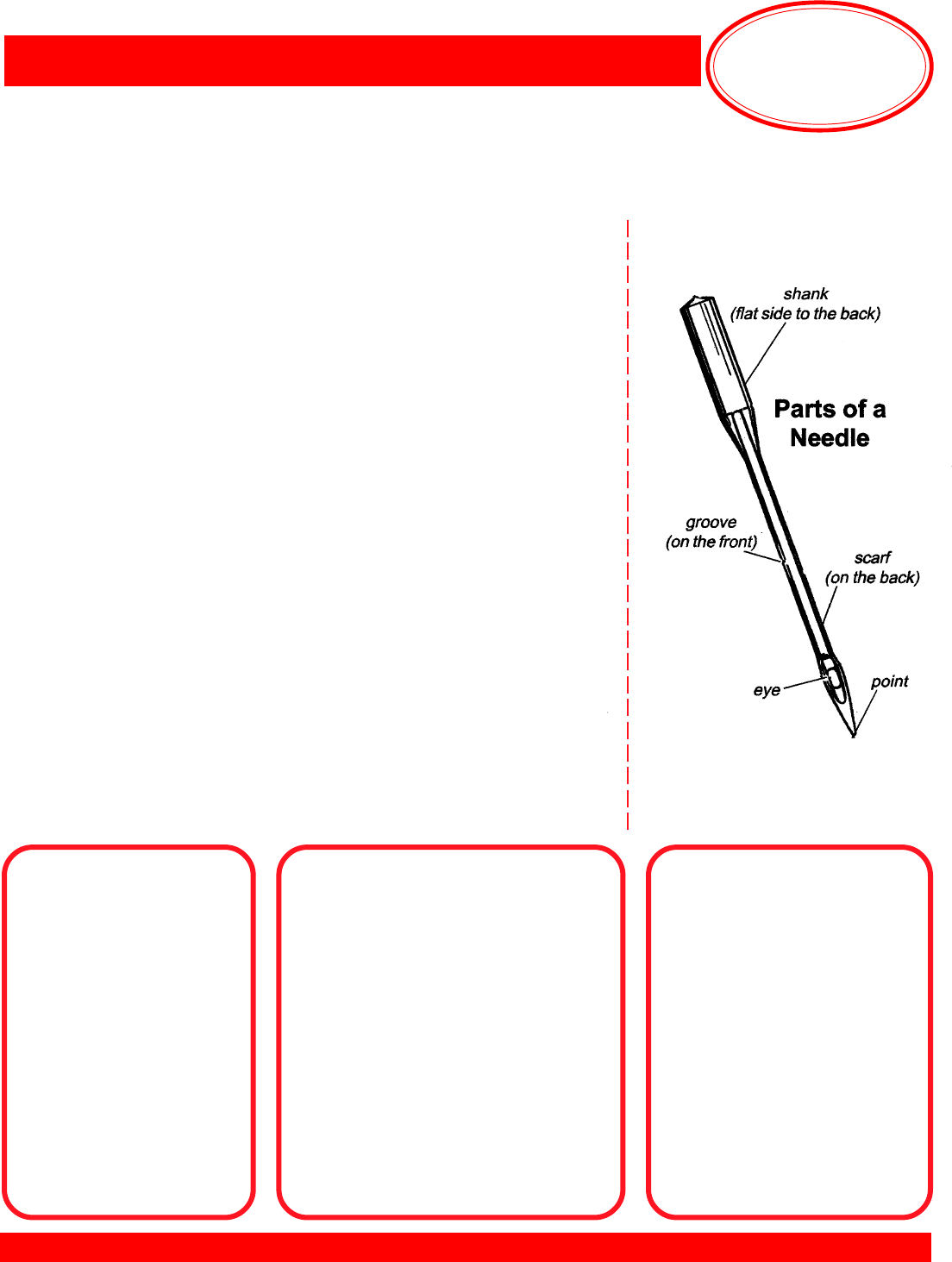
BERNINA
®
Embroidery Module/Machine
MASTERING YOUR BERNINA
®
EMBROIDERY MODULE/MACHINE 2/06
14
Mastering
Your
BERNINA
®
©2006 BERNINA® of America, Inc. Permission to copy granted only to Authorized BERNINA
®
Dealers
Sewing Machine Needles
Along with thread, needles are very important to stitch formation. Many
“mechanical” problems and damage to fabrics can be traced to a bent,
damaged, or incorrect size or type needle. Approximately 60% of all
needles are discarded at some stage of production. When selecting
the correct needle for any sewing project, consider the following:
Needle system – 130/705H
Needle point – to assure proper stitch formation and avoid fabric damage
Needle size – smaller for lightweight fabrics; larger for heavier fabrics
If the needle is:
Too small – the thread can’t stay in the groove to form a loop to be picked
up by the hook point
Bent – thread loop forms too far away from hook point; hook can’t enter
the loop to form stitch
Blunt – needle won’t pierce fabric so no thread loop forms to make a stitch
• Needles should be changed after every 1-2 hours of embroidery stitching,
before stitching the outline of any design, and after every 4-6 hours of regular
sewing. The needle is the most inexpensive part in your embroidery system but is
one of the most crucial for getting good results and keeping your machine
running well. Don’t let false economy keep you from doing what is best for your
embroidery projects and your machine.
• Selected thread should fit in the groove on the front of the needle. If it isn’t
protected by the groove, a needle with a larger groove should be used.
• Always make sure needles are fully inserted, as high as possible, with the
flat side to the back.
Needle “Secret” Code
• DRI = Triple
• E = Embroidery
• J = Jeans
• L, LL, R = Leather
• M = Microtex
• MET = Metallica
• N = Topstitching/Cordonnet
• Q = Quilting
• S = Stretch
• SUK = Fine Ball Point
• SES = Medium Ball Point
• WING = Wing
• ZWI = Double
• ZWIHO = Double Wing
Needle Size
Conversion Chart
European vs. Domestic
60 = 8
70 = 10
75 = 11
80 = 12
90 = 14
100 = 16
110 = 18
120 = 19
Regardless of the system,
the greater the number,
the larger the diameter of
the needle.
Which Needle?
Not all needles are appropriate for
use in embroidery machines. As with
all sewing projects, needle choice is
detemined by the fabric, thread, and
application. For most embroidery, an
Organ needle or Embroidery needle
is the best choice.
Occasionally, other needles may be
recommended for specially digitized
techniques, such as a Wing needle
heirloom embroidery.



